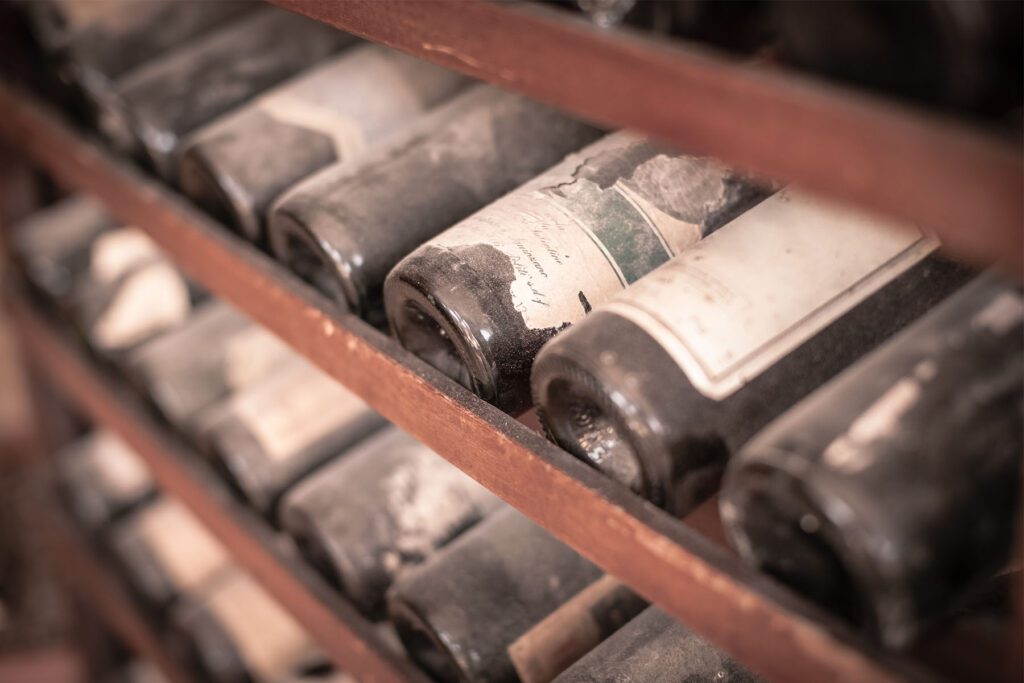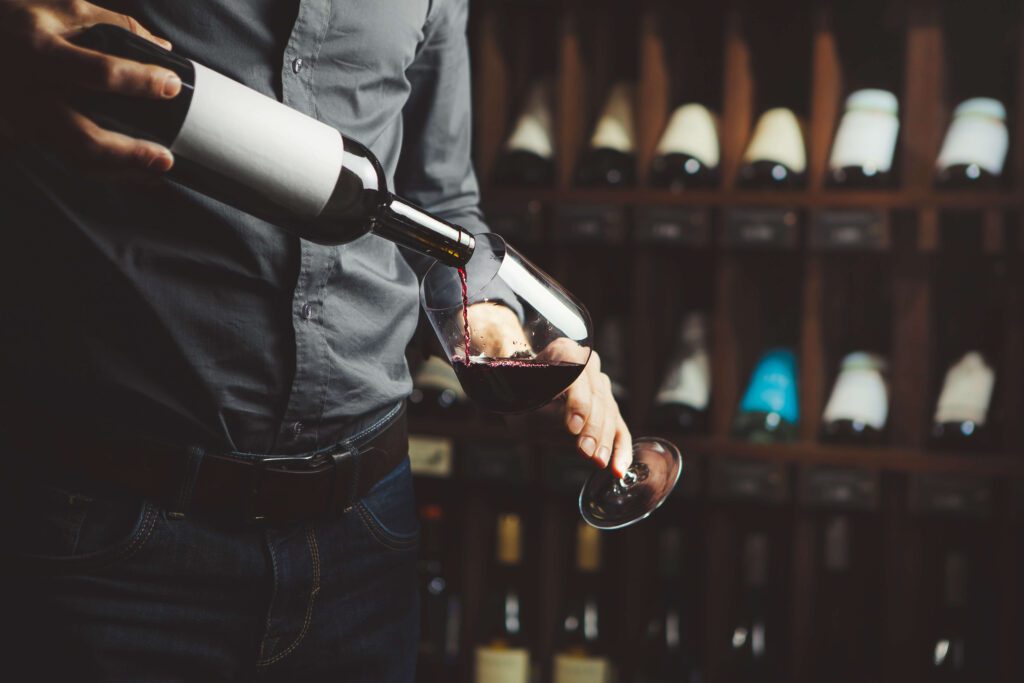Ask any serious wine collector how they got started and they’ll probably tell you a similar story: they loved drinking wine so much that they just couldn’t stop buying it. What started as a casual hobby eventually grew into a passion, and down the rabbit hole they went … and like rabbits, the wines in your collection can multiply rapidly.
Of course, as an investment, wine has proven to be pretty solid with an average return of 10.6% over the past 30 years. And for that reason, others get into collecting purely for the speculation.
No matter what your motivation, collections require work, knowledge, patience, and, of course, money. They’re a long-term commitment that will take years before yielding rewards. Not everyone can or wants to collect.
But if you’re committed to taking your game to the next level, you’ll want to think it through, plan and make sure you do it right. Here’s how.
Research Wines
Always do your research before starting a wine collection, especially if you don’t know much about wine. You should at least know the basics: some wine history, the classic regions and grapes, and which vintages are regarded as the greatest. Magazines like Wine Spectator and Wine Enthusiast offer charts and ratings that can help you get started.
You can also hire a wine expert. Seasoned sommeliers will know how to get the best values for the money and which wines have the greatest room for appreciation, so a minor consult on the front end may pay off in the long run.

You’ll want to stock your cellar with wines you enjoy, which means you should hone your tasting skills. While there are plenty of books to help (we recommend the Oxford Companion to Wine), hands-on learning is always much more fun and rewarding. Look for tasting groups, community college courses, or local wine events to immerse yourself in.
Save Money Before Wine Collecting
Most of the wines we drink daily are not meant for long-term aging. Exceptional wines are rare and therefore expensive. Relatively affordable California Cabernets might cost $80-$100, while a highly sought-after Grand Cru Classé from Bordeaux may be $1,000 or higher. Both may require 10-20 years of aging before they’re ready to drink. A serious wine collection requires substantial investment, both in money and time.
While most wine collectors build their cellars up over time, one alternative is to buy a complete wine collection for sale at an auction or estate sale. You can get some great deals here, but you’ll want to vet the provenance before buying/bidding and consider that at an auction you’ll pay up to 25% more in “hammer” fees.

Before investing in a cellar of your own, you may opt for off-site storage. These facilities charge fees for storage services and security, and often require wine insurance, which is always wise for extremely valuable and rare wines. All these costs need to be factored into your budget.
Invest in Wine Storage at Home
Aside from the wine itself, you’ll need to plan for a storage space if you don’t already have one. Beginning collectors often start with an affordable, self-contained refrigerator unit because it’s an out-of-the-box solution that’s suitable for a small collection.
As you build your collection (adding more rare and expensive wines), a professional, long-term solution may be needed. Cellars are superior for aging luxury wines, but cost significantly higher because they require more planning, more materials, and custom construction; they also require regular upkeep and maintenance.
Keep in mind, though, that each type of storage has a slightly different application. From wine fridges to wine cellars, you should have a thorough idea of what you can expect.
Organize Wine Documentation
A valuable wine collection should be properly documented. Organized receipts, inventory records, and routine appraisals are necessary to ensure that each wine in your cellar is counted, still drinkable, and has been valued at its most current market price. This is especially important if you have plans to insure and/or sell your collection for profit one day.
Avoid Handling Wines Too Frequently
It’s natural to be proud of your collection, but resist the temptation to show those bottles off too often; it could end up costing you.
Expensive wines, especially older bottles, should be kept as stable as possible to ensure optimum aging and reduce the risk of being dropped, exposure to dramatic temperature changes, and, maybe less obvious, soiling or ripping of the labels (label condition matters to the value of a luxury wine collection).

Acquire Wine One Bottle at a Time
Wine is exciting and acquiring new bottles for your cellar can be addictive! But remember that collecting is a long game. Don’t succumb to pressure or trends. Be thoughtful about your purchases and ensure that you’re buying what you enjoy, and for the best price. Don’t sacrifice quality for quantity.
If you’re on a budget or just trying to limit your spending on wine, it’s more practical to buy one or two bottles at a time. You can also consider wine consignment options.
Some collectors buy wine expressly for the purpose of investing and selling, but most do so because they truly love wine, the aging process, and what it yields. Collections should ebb and flow organically as you buy and consume. Don’t be one of those unfortunate souls whose collection ends up on clearance at an estate sale one day; savor the fruits of your labor regularly. Empty bottles can be replaced, but missed opportunities can’t.
More Tips for Wine Storage
Wherever you are in your wine-collecting journey, Wine Guardian has a solution for you. Since 1998, we’ve constructed the world’s best cooling units, humidifiers, and monitors for commercial and residential wine storage.
For the beginner or boutique collector with a smaller collection, we make cabinet cooling units; for the DIY cellar owner, through-the-wall units; and for the full-sized cellar owner, we make the best in ducted and ductless setups. Come explore the options with us and contact our customer support team for help at any time.

